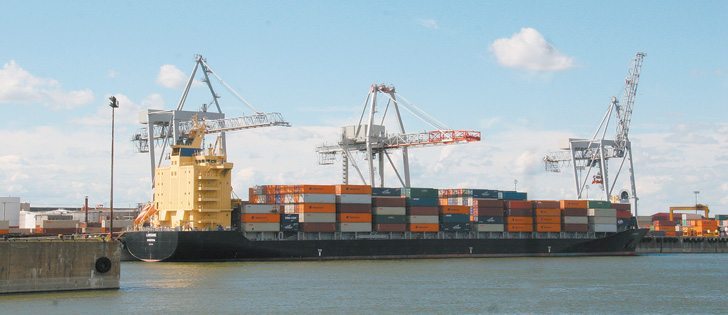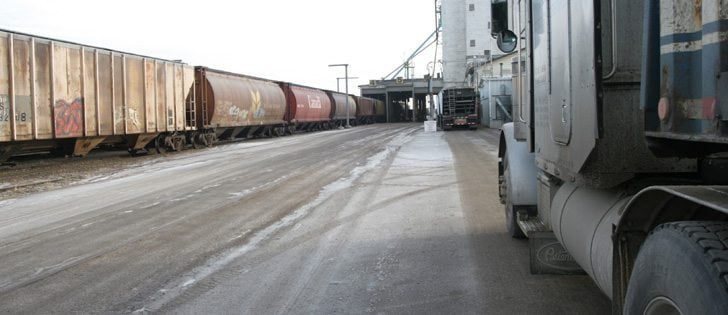Being in business is risky and sometimes requires making tough decisions about our financial future.
Bankruptcy is often considered when cash is tight and the ability to pay creditors becomes a monthly battle.
It is a process that is available to help insolvent people and corporations, but is only one of the options available for those facing financial crisis.
Talking with a trustee in bankruptcy will ensure that you are aware of all options available and determine the right one for you.
Those who file an assignment in bankruptcy are responsible for disclosing personal and financial information to the licensed trustee when the assignment is filed and throughout the bankruptcy process until they are discharged from the bankruptcy.
Read Also

High prices see cow-calf producers rushing to incorporate
Farm accountants are reporting a steady stream of cow-calf producers rushing to get their operations incorporated ahead of selling their calves this fall.
This also applies to the owner/ director of a corporation who is assigning it into bankruptcy.
A stay of proceedings is in place once the bankruptcy has been filed. All legal action ceases and the unsecured creditors are required to deal directly with the trustee.
On the other hand, proven secured creditors and the debtor may continue to make arrangements regarding the secured debt once certain paperwork has been filed with the trustee.
You will need to determine the value of your existing assets while working with the trustee. Personal exemptions are mandated by provincial law that prevents certain assets from being seized by the trustee, as long as they have not been pledged as collateral on loans.
Exempt assets include equity in a motor vehicle, equity in a personal residence, household furniture, medical or dental aids, tools used to earn income from an occupation, and food and clothing.
The exemption values vary between provinces.
Federal legislation prevents registered retirement savings plans and registered retirement income funds from being liquidated on behalf of creditors when a person declares bankruptcy. This includes registered bank deposits, registered mutual funds and self-directed plans.
The only condition is that RRSP contributions made in the 12 months before bankruptcy will not be exempt from seizure unless provincial law states otherwise.
However, these exemptions do not extend to registered education savings plans.
People whose primary occupation is farming could keep up to 160 acres of land where the homestead is located and personal property that is needed to conduct farming operations for the next 12 months.
Bankruptcy allows you to be discharged from your unsecured debt obligations, but you will still be responsible for certain debts even after you have received your discharge from bankruptcy.
These debts can include secured debt, alimony and child support, student loans less than seven years after completing school, court issued fines or penalties and debts arising from fraud, embezzlement or misappropriation.
You will likely not be held personally liable for debts of a corporation declaring bankruptcy unless you have signed a personal guarantee.
It is common in today’s economy to have personal guarantees attached to financing contracts, so you must be aware of this when deciding about corporate bankruptcy.
It is important to be aware that directors of corporations are held personally responsible for certain debts of the corporation, including employee payroll deductions, GST, Employment Insurance premiums, Canada Pension Plan premiums and the retail sales tax.
Any interest or penalties related to these items are also your personal responsibility.
The Bankruptcy and Insolvency Act of Canada requires that all personal bankruptcies be handled by a trustee in bankruptcy who is licensed by the federal government’s Office of the Superintendent of Bankruptcy. The entire filing process goes through the trustee.
It is important to be aware that the trustee does not act directly on behalf of the debtor, but instead is responsible for administering the act in relation to the bankruptcy process.
Furthermore, it is important for the debtor to have open and honest communications with the trustee throughout the bankruptcy process to receive a discharge from bankruptcy in a timely manner.
Colin Miller is a chartered accountant and senior manager in KPMG’s tax practice in Lethbridge. Contact: colinmiller@kpmg.ca .














